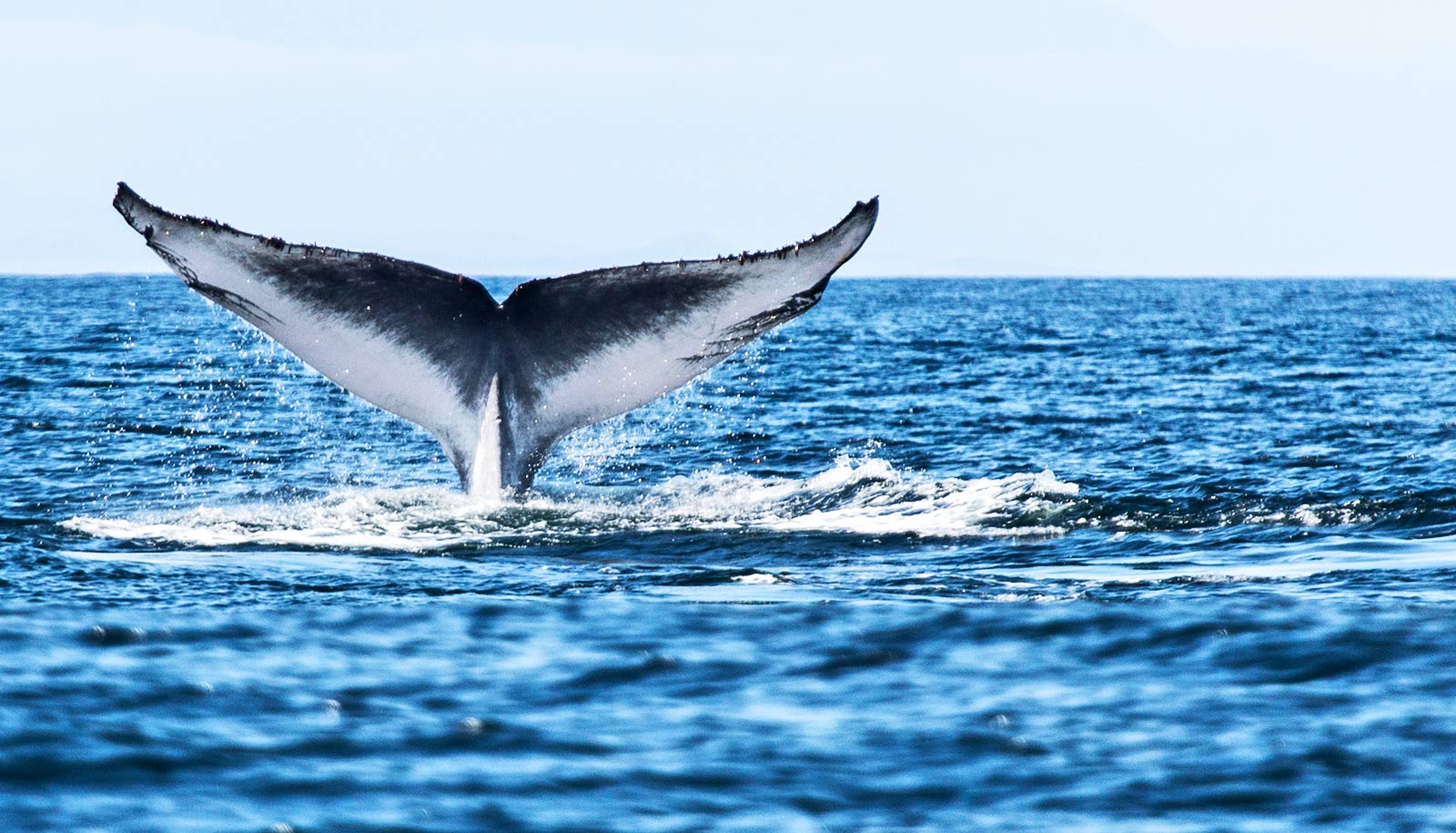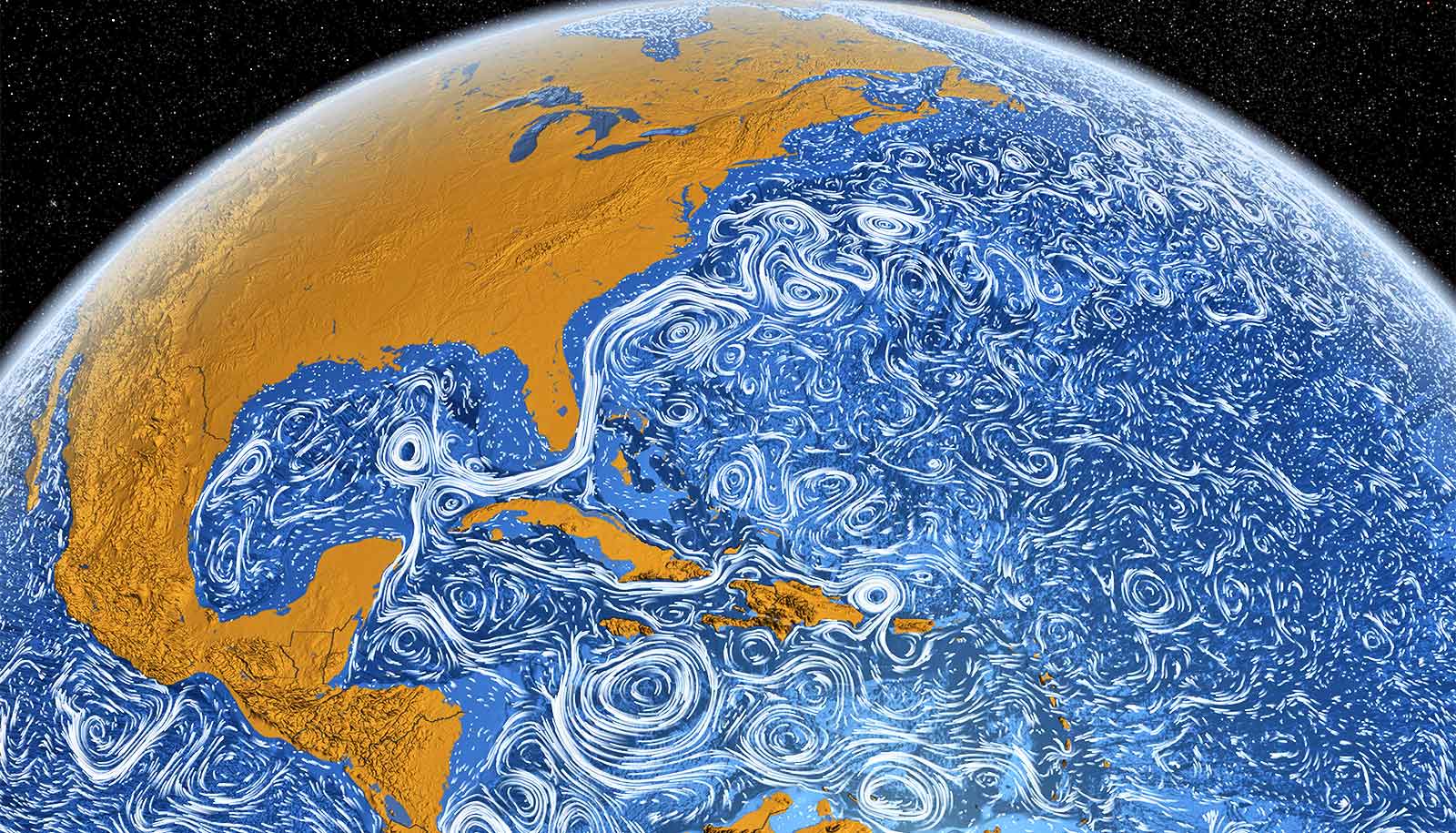Conditions suitable to support complex life may have developed in Earth’s oceans—and then faded—more than a billion years before life truly took hold.
The findings may benefit the search for signs of life beyond Earth.
For a new paper, published in the Proceedings of the National Academy of Sciences, scientists analyzed isotopic ratios of the element selenium in sedimentary rocks to measure the presence of oxygen in Earth’s atmosphere between 2 and 2.4 billion years ago.
“There is fossil evidence of complex cells that go back maybe 1 ¾ billion years,” says professor Roger Buick, a faculty member with the astrobiology program at the University of Washington. “But the oldest fossil is not necessarily the oldest one that ever lived—because the chances of getting preserved as a fossil are pretty low.
Bubbles in lava could change our view of early Earth
“This research shows that there was enough oxygen in the environment to have allowed complex cells to have evolved, and to have become ecologically important, before there was fossil evidence. That doesn’t mean that they did—but they could have.”
Researchers learned this by analyzing selenium traces in pieces of sedimentary shale from the particular time periods using mass spectrometry in the university’s Isotope Geochemistry Lab to discover if selenium had been changed by the presence of oxygen, or oxidized. Oxidized selenium compounds can then get reduced, causing a shift in the isotopic ratios which gets recorded in the rocks. The abundance of selenium also increases in the rocks when lots of oxygen is present.
It was previously thought that oxygen on Earth had a history of “none, then some, then a lot. But what it looks like now is, there was a period of a quarter of a billion years or so where oxygen came quite high, and then sunk back down again.”
The oxygen’s persistence over a long stretch of time is an important factor, says Michael Kipp, a doctoral student in earth and space sciences. “Whereas before and after maybe there were transient environments that could have occasionally supported these organisms, to get them to evolve and be a substantial part of the ecosystem, you need oxygen to persist for a long time.”
The million-dollar question
Such an oxygen increase has been guessed at previously, but it was unclear how widespread it was. The new research creates a clearer picture of what this oxygen “overshoot” looked like: “That it was moderately significant in the atmosphere and surface ocean—but not at all in the deep ocean.”
What caused oxygen levels to soar this way only to crash just as dramatically?
“That’s the million-dollar question,” says former earth and space sciences postdoctoral researcher Eva Stüeken who is now a faculty member at the University of St. Andrews in Scotland. “It’s unknown why it happened, and why it ended.”
“It is an unprecedented time in Earth’s history,” Buick says. “If you look at the selenium isotope record through time, it’s a unique interval. If you look before and after, everything’s different.”
Did big asteroids prep Earth for early life?
The use of selenium—named after the Greek word for moon—as an effective tool to probe oxygen levels in deep time could also be helpful in the search for oxygen—and so perhaps life—beyond Earth, researchers say.
Future telescopes
Future generations of space-based telescopes will give astronomers information about the atmospheric composition of distant planets. Some of these could be approximately Earth-sized and potentially have appreciable atmospheric oxygen.
“The recognition of an interval in Earth’s distant past that may have had near-modern oxygen levels, but far different biological inhabitants, could mean that the remote detection of an oxygen-rich world is not necessarily proof of a complex biosphere,” Kipp says.
“This is a new way of measuring oxygen in a planet’s historical past, to see whether complex life could have evolved there and persisted long enough to evolve into intelligent beings,” Buick says.
The National Science Foundation, NASA, the NASA Astrobiology Institute, and Canada’s Natural Sciences and Engineering Research Council funded the work.
Source: University of Washington



